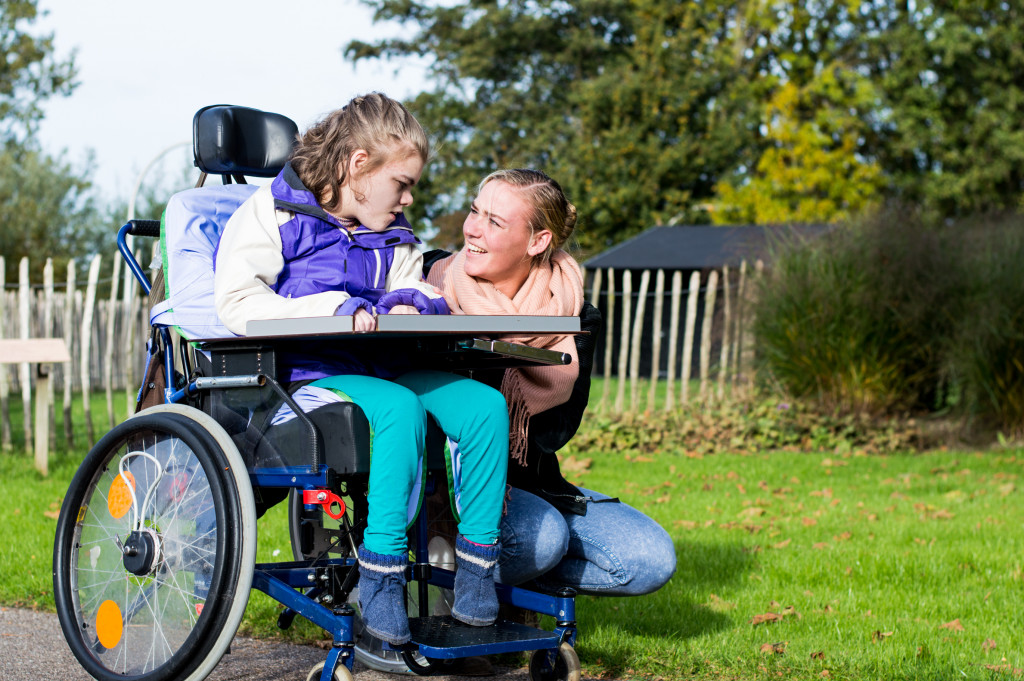Disclaimer: What Liberty Ate. This site provides food and drink content for informational purposes only.
The beginning of the COVID-19 crisis has left most people with vulnerabilities behind. As cities and countries enforced several restrictions on mobility to prevent the spread of the virus, it also led to the addition of challenges that women with disabilities would have to face during the pandemic. For example, social isolation has enabled the increase of domestic and sexual violence in a lot of different countries.
On top of that, women with disabilities are faced with limited access to services that they need for their condition. Meanwhile, women caring for dependents with disabilities at home are given more caretaking responsibilities as they are confined in their houses. COVID-19 has somehow heightened the inequalities that women with disabilities are experiencing in society, from physical barriers of accessibility to existing discriminatory laws and negative beliefs.
Moreover, women and girls with disabilities continue to encounter multiple forms of discrimination like gender-influenced violence, legal protection, sexual and reproductive health services, and many more. Fortunately, government systems and health communities are looking into the issues involved with the impact of the pandemic on women with disabilities. Here are some solutions and responses aimed to address the situation.
Collection and accessibility of data for women with disabilities
The impact of COVID-19 on women with disabilities still cannot be clearly defined and understood because of the lack of data and information regarding these situations. It is difficult to target the existing and normalized laws and policies that highly affect women with disabilities since there is not much evidence provided. Therefore, the gathering and investigation of reliable data that talks about the obstacles in accessing the necessary services for their survival are being encouraged and carried out by UN women offices and other organizations dedicated to these issues.
Furthermore, actions are being taken to ensure that women with disabilities, especially those belonging to minorities, can conveniently access data and information about COVID-19 and the ongoing pandemic. In this way, they can be aware of the relevant healthcare information and restriction guidelines that have been established. Through effective communication strategies, the barriers that restrict disabled women from getting access to information, health care, social services, and more are slowly being broken down.

Inclusive responses geared towards women with disabilities
Response plans and strategies are also being altered in order to address the vulnerabilities of disabled members of society, especially women. Through different communication strategies and accessible formats, more people are catered to and given the right to access information. Women with disabilities can also fill up a disability application online so that they can be conveniently assisted and given benefits, especially during this troubling time.
Health services are now paying more attention to how they can create ethical medical guidelines that are non-discriminatory to protect the rights and well-being of women with disabilities. The World Health Organization (WHO), in particular, is issuing medical guidelines that are inclusive to people with disabilities while making sure that these standards are on par with the human rights conventions. Through this, rules on medical treatments are being observed and made sure that they will not be discriminatory depending on their disabilities or gender.
In addition to that, local organizations dedicated to the welfare of women with disabilities are focused on supporting the needs of these people and providing preventive tactics and responses within reach and comprehensible for a wide variety of women with disabilities. Moreover, the Disability Rights Advocacy Fund (DRAF) provides active grants for the needs of women with disabilities that are caused by the emergence of the pandemic. Other organizations are also providing resources through the use of funds from governments in response to the global pandemic.
The takeaway
Ultimately, the pandemic has urged organizations and healthcare systems to focus more on the unfairness and discrimination that are usually being experienced by women with disabilities in society. Though it has existed way before the pandemic, more people are expressing their concerns regarding the current situation. People now realize those people with disabilities are somehow getting left behind.
At the same time, the rest of the world is adapting to the new normal brought about by the worldwide pandemic. Thus, people are more conscious of providing a similar level of care to disabled women and allow them to survive and continue living their lives in the course of emergency situations. The promotion of human rights, especially for women and girls with disabilities, is at its peak and is slowly but surely allowing more voices to be heard. As human beings, our collective responsibility entails we should make sure that everyone is treated equally, especially today.

